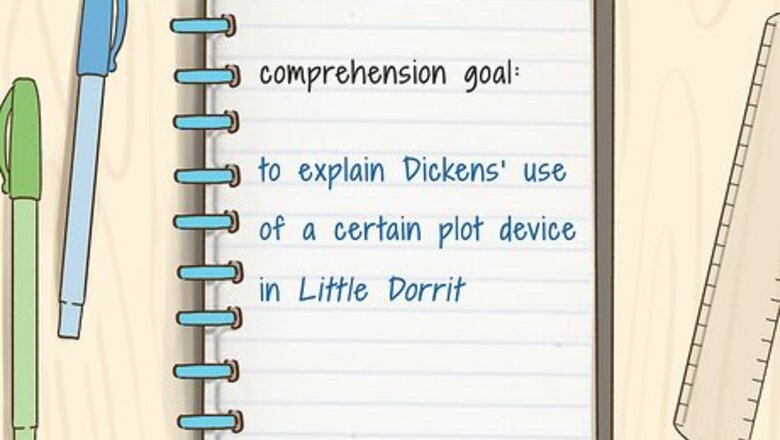
views
- Establish reading goals before you start reading.
- Take notes to help yourself comprehend the material.
- Ask yourself questions before, during, and after reading to solidify the information in your mind.
Make an overall reading goal.
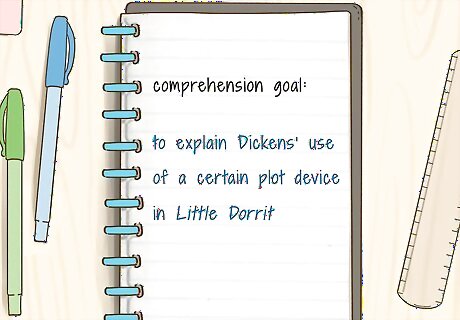
Establish a comprehension goal before closely reading the text. Think about why you need to understand the material in front of you—what is the end goal of reading? This goal can be about finding a specific solution to a problem, understanding the causes and effects of a certain event, or being able to define a new word or idea. Jot down your goal in a notebook, so you can glance at it if you get stuck while reading. If you’re reading Little Dorrit, decide if you want to explain Dickens’ use of a certain plot device or enjoy Victorian fiction for the first time. If you’re reading SPIN Selling, consider whether you’d like to come away with actionable sales tactics or a general introduction to the topic of sales. Also consider how much you want to read and if there’s a different comprehension goal for each section or passage.
Review the author, title, and synopsis.

Determine the genre and purpose to grasp a brief understanding. Before you start reading, take a good look at the author and title. Read the back or inside panels of the book or the blurb at the start of an article. This information will give you an overall feeling for what’s to come—the genre, tone, author’s background, etc. Knowing what you’re about to read will help you get in the right mindset for that type of text. For instance, you’d grab a pen and notebook before reading a history book, but you might grab a cup of hot cocoa to read a mystery novel.
Skim through the text.
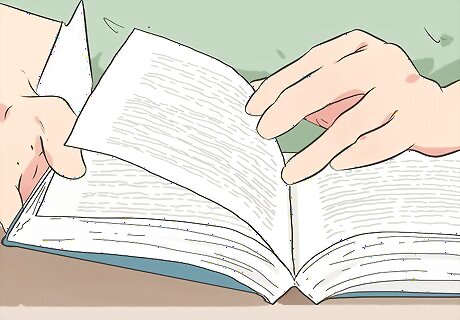
Get a preview of what’s to come by flipping through the pages. Once you have the basic idea of what you’re reading, scan through the table of contents and headers or flick through the pages. Glance over any images, graphs, or illustrations. Spend about 3 to 5 seconds on each page, glancing over the text to see which keywords catch your eye. See if you can identify any patterns or themes right off the bat. Use CTRL+F on a computer or the “find in page” feature to search for keywords quickly. Try turning the chapter and heading titles into questions. This way, when you read the text that follows, you can look for information that will answer that question. For example, if a section is titled “Fort Lee, NJ and the Birth of the Film Industry,” turn it into, “How did Fort Lee, NJ play a role in the birth of the film industry?” If you’re reading a fiction novel, consider only eyeing the table of contents, map, and other front matter. Stop skimming when you reach Chapter 1 to avoid spoilers.
Read the end before diving into the intro.
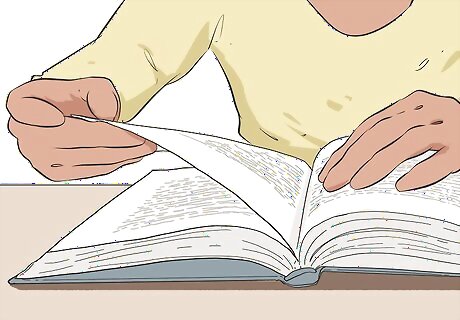
Start with the concluding paragraph first to understand the main idea(s). While starting at the end may feel counterintuitive, it can help you read more effectively because you’ll know what you need to comprehend. Textbooks and nonfiction books often feature a glossary, highlighted passages, and/or follow-up questions. Look closely at these sections as they’ll emphasize the big ideas and concepts you’ll be learning about. This strategy won’t be as helpful for works of fiction or poetry. But if the book you’re reading includes a preface or timeline, read through that as it may provide context for the text.
Try selective reading for lengthy academic works.
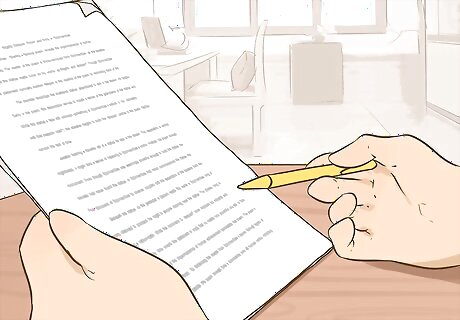
Skim certain passages to get through informative text quickly. Instead of reading each sentence word for word, jump to the passages that are the most relevant to your research and reading goal. Skim the topic sentences and concluding sentences of each paragraph. Read more closely when you come across a section that answers your questions or goes in-depth on the topic you’re curious about. Scan the paragraphs for keywords that relate to your reading goals. For instance, a keyword might be a year, place, name, or adjective
Take notes while you read.

Practice active reading by taking notes. Before grabbing your notebook, wait until you’ve finished reading or skimming through a complete section or idea. Take a moment to summarize the main idea in your head first, and then write the main points and concepts. Be sure to include the page number and source you’re summarizing in your notes so that you can refer to the text later. Try writing down a list of questions or a quick 1-sentence summary of the material. Underline or highlight the main point or jot down notes in the margins if you own the book or printed article. Refrain from writing in a book from the library or a textbook rental company. If your reading comprehension goal is to understand facts or vocab words, write the key term and its definition on a flashcard. Decide what’s most important to you as the reader rather than worrying about every single detail.
Limit distractions while you read.

Settle down in a quiet spot to read. Reading comprehension is all about focus, and if there are too many distractions, you won’t be able to fully process the material. Find a location that’s well lit, quiet, and secluded. Turn off or silence your electronic devices, so it’s just you and the reading. Make sure you’re not hungry or sleepy before you start reading, as these feelings could distract you. If you’re reading at school or in a public place, put on a pair of noise-canceling headphones, bring a snack with you, and search for a seat away from others.
Think about what you’ve read.
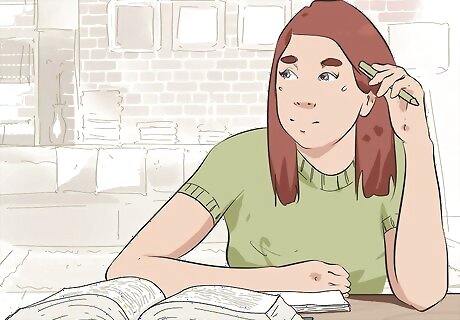
Pause between main ideas to process the reading material. Once you reach the end of a main idea, section, or chapter, take a few moments to let everything soak in before you get back to reading. Don’t be afraid to question the text and make your own assumptions. Identify the author’s bias, assess the evidence, and observe your immediate reactions. Ask yourself whether you agree with the position that’s being presented or the direction of the plot. Review your notes as you process everything. Jot down any new ideas or questions that came up. Think about your reading goal during this time. What do you still not know? Can you predict what’s coming next?
Make personal connections to the material.
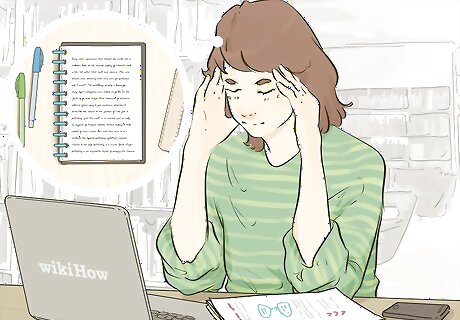
Connect what you read to your existing knowledge or past experiences. Rather than approaching the text as an isolated piece of writing, try to relate it to other things you’ve read. If a plot point reminded you of something from your own life, make a mental note of it. If you can connect the examples in the journal article with something you learned in class, jot down those similarities. Give yourself time to process emotional reactions and feelings and ask why the text affected you so strongly.
Put down the material if you get frustrated.
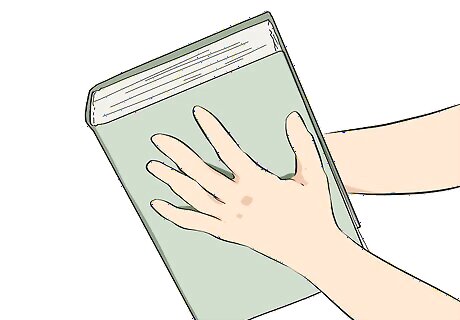
Take a break if you’re not connecting with the text. If you’ve been assigned a reading for school, you may not have the choice to stop reading. Instead of getting frustrated and giving up, be patient with yourself. Set the textbook, novel, or article aside for a few minutes to process the material and reenergize. Try breaking up the reading into smaller sections. Every time you finish a certain amount of pages or paragraphs, reward yourself with a quick break. Consider vocalizing your frustrations to a teachers or friend to let out your emotions. Plan ahead so you don’t have to force yourself to finish a reading at the last minute.

















Comments
0 comment